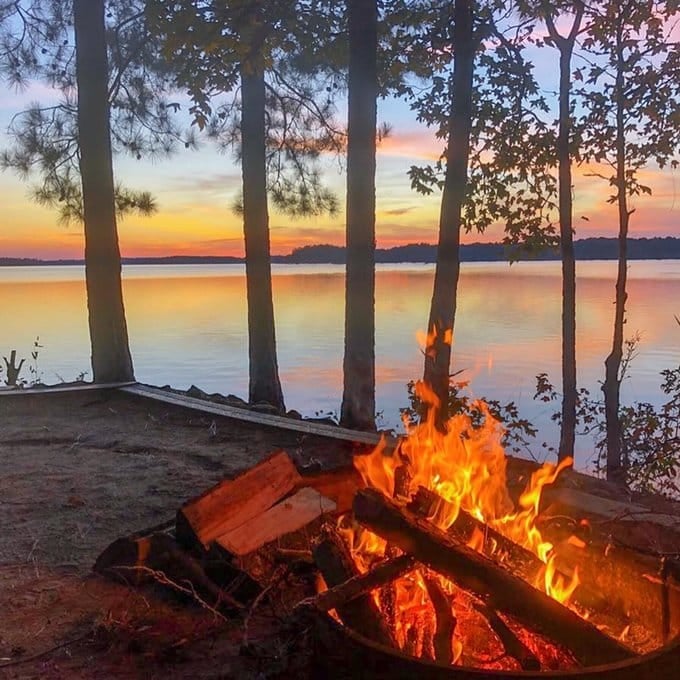Dear EarthTalk: Which woods are OK to purchase, and which are not, in the interest of preserving forests and not harming those who depend upon them? — Jon Steiner, Boise, ID
Deforestation continues to be one of the world’s biggest environmental problems, especially in fast developing regions like South America, Southeast Asia and Africa. Cutting down large numbers of trees erodes land and silts waterways, displaces native people and wildlife, and releases tons of carbon dioxide (which is stored in living wood fiber) into the atmosphere, contributing to global warming.
Of course, wood products are essential to modern life. Without wood we wouldn’t have the buildings, furniture, paper and other essentials we make use of every day. That’s why protecting sources of wood has become a leading concern among not just environmentalists but everyone else as well.
In response to the problems wrought by increasing deforestation, some forward-thinking wood products professionals teamed up with environmentalists, native people’s advocates, community forestry groups and responsible corporations to form the nonprofit Forest Stewardship Council (FSC) in 1993. Previous attempts to stem the tide of unchecked logging—including international negotiations and boycotts—were having little effect, so FSC vowed to use the power of market forces to create change for the better.
FSC promotes responsible management of forests by certifying forestry operations around the globe and promoting its certification system at every step of the wood products distribution chain. Whether you’re shopping for wooden furniture, building materials or other items, one easy way to tell if the wood you are considering buying was harvested from sustainable sources is to look for the FSC label on it or its packaging. If it is, you can trust that such products were harvested sustainably and are not contributing to deforestation-related woes. If you don’t see the FSC logo, you should inquire as to where the wood came from and whether or not it was harvested sustainably.
The nonprofit Natural Resources Defense Council (NRDC) warns consumers to avoid purchasing some tropical hardwoods unless they can be assured that it came from sustainable forestry operations. Many of these woods—including Big Leaf Mahogany, Spanish Cedar, Caribbean Pine, Ipe, Rosewood, Teak, Ramin, Merbau, African Mahogany, and Okoume—are difficult to manage sustainably as they typically grow in low densities in natural forests and regenerate poorly after logging. Some woods and wood products may contain FSC-certified wood without bearing the logo, while other woods may be OK without going through the FSC certification process. If you don’t see an FSC logo you should ask. If the store salesperson can’t provide information, then you can’t be sure.
Even better than purchasing sustainably harvested new wood is to seek out reclaimed or salvaged wood, as it precludes the need for logging altogether. An added benefit of using reclaimed or salvaged wood—look for it at used building supply stores and even at construction sites where older materials are being tossed—is that it provides incentives for municipal recycling programs. NRDC suggests that if you can’t source used wood, consider recycled plastic lumber or composites if they are applicable for your project.
CONTACTS: Forest Stewardship Council (FSC), www.fsc.org; NRDC, www.nrdc.org.
SEND YOUR ENVIRONMENTAL QUESTIONS TO: EarthTalk®, c/o E – The Environmental Magazine, P.O. Box 5098, Westport, CT 06881; [email protected]. E is a nonprofit publication. Subscribe: www.emagazine.com/subscribe; Request a Free Trial Issue: www.emagazine.com/trial.







